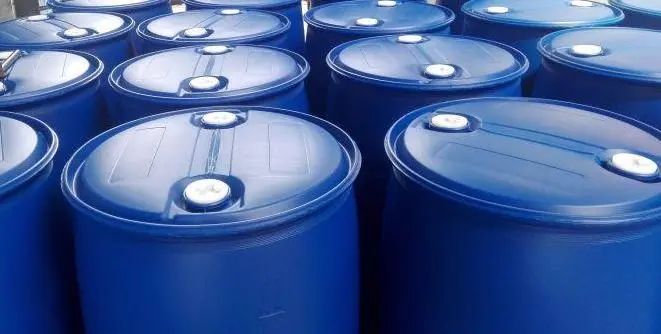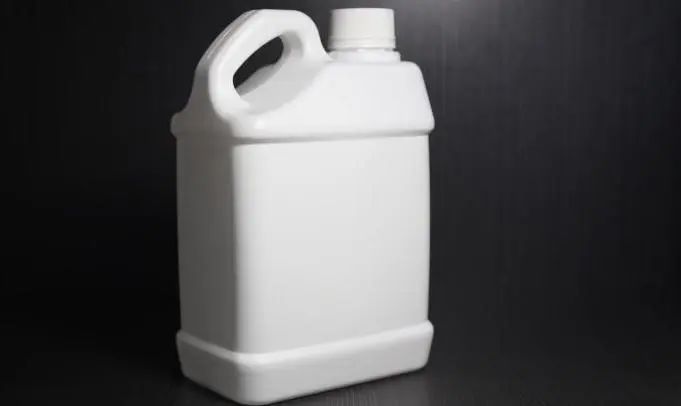The acceleration of the design guidelines for the recyclability and regeneration of PET/HDPE
The State Council urges the acceleration of the design guidelines for the recyclability and regeneration of PET/HDPE, and the green transformation of the plastics industry is entering the fast lane.
1. Technical FoundationRecently, the State Council has accelerated the promotion of the top-level design for plastic pollution control, and has listed two national standards, namely "Design Guidelines for the Recyclability and Regeneration of Plastics - Part 1: PET" and "Design Guidelines for the Recyclability and Regeneration of Plastics - Part 2: HDPE", as key projects under supervision. According to the national deployment, the standard development tasks originally scheduled to be completed by the end of 2025 have been fully advanced, and it is planned to be officially released in the middle of 2025. This measure aims to implement the core requirement of "promoting green design and improving the recycling performance of plastic products" in the 14th Five-Year Plan. Through standardization means, it will guide the plastic industry to transform towards high-value and low-carbon directions, laying a technical foundation for the plastic pollution control during the 15th Five-Year Plan period.

2. International TrendsThe acceleration of the development of these standards is the result of the coordination among policies, the industry, and international trends. On the one hand, the negotiations of the Global Plastics Treaty have promoted the design for recyclability and regeneration to become an international consensus. As the world's largest producer and consumer of plastics, China needs to enhance its voice in global plastic governance through the construction of a standard system. On the other hand, the domestic plastic industry chain is facing the pressure of green transformation. The existing green design system needs to incorporate the concept of recyclability and regeneration design to meet the requirements of the international market for the circularity of plastic products. The formulation of these two national standards is based on the technical accumulation of previous group standards and industry standards. For example, the group standards for the recyclability and regeneration design of PET/HDPE container packaging released in 2022 have been widely recognized by the industry chain. Upgrading these standards to national standards will further strengthen their authority and guiding role.

3. Far-reaching ImpactThe accelerated implementation of the standards will have a profound impact on the plastics industry. From a policy perspective, the implementation of national standards will be directly incorporated into the national policy system for plastic pollution control, providing enterprises with clear design specifications and technical routes, and forcing backward production capacity to withdraw. For example, packaging enterprises need to meet the requirements of recyclability and regeneration design to become suppliers of international brands, and export enterprises also need to meet the access standards of their target markets. From an industrial perspective, the implementation of the standards will promote collaborative innovation among the upstream and downstream of the plastic industry chain, facilitate the high-value utilization of recycled plastics, and support the large-scale application of alternative technologies such as "replacing plastics with bamboo" and biodegradable materials. Data shows that in 2023, the recycling and utilization volume of waste plastics in China reached 19 million tons, and the standardization construction will further improve the efficiency of resource recycling.

During this critical period of global plastic pollution control, the acceleration of the supervision by the State Council over the design guidelines for the recyclability and regeneration of PET/HDPE not only demonstrates China's determination to promote ecological civilization construction, but also contributes a Chinese solution to global plastic governance. With the implementation of these standards, the plastics industry will accelerate its transformation towards green design and circular utilization. Through technological innovation and the guidance of standards, a more resilient sustainable development system will be established, injecting new impetus into the realization of the "dual carbon" goals and the construction of a beautiful China.




